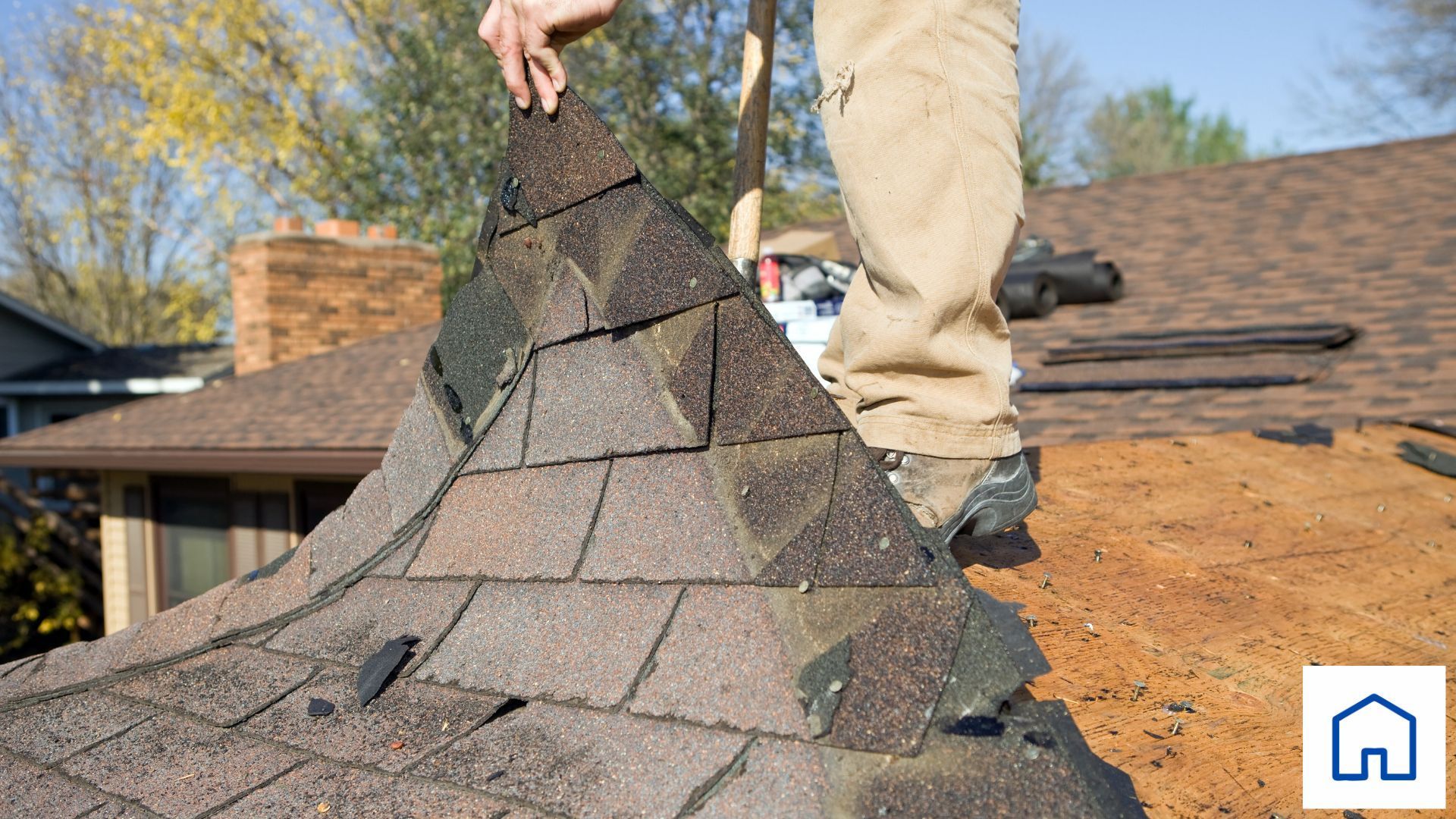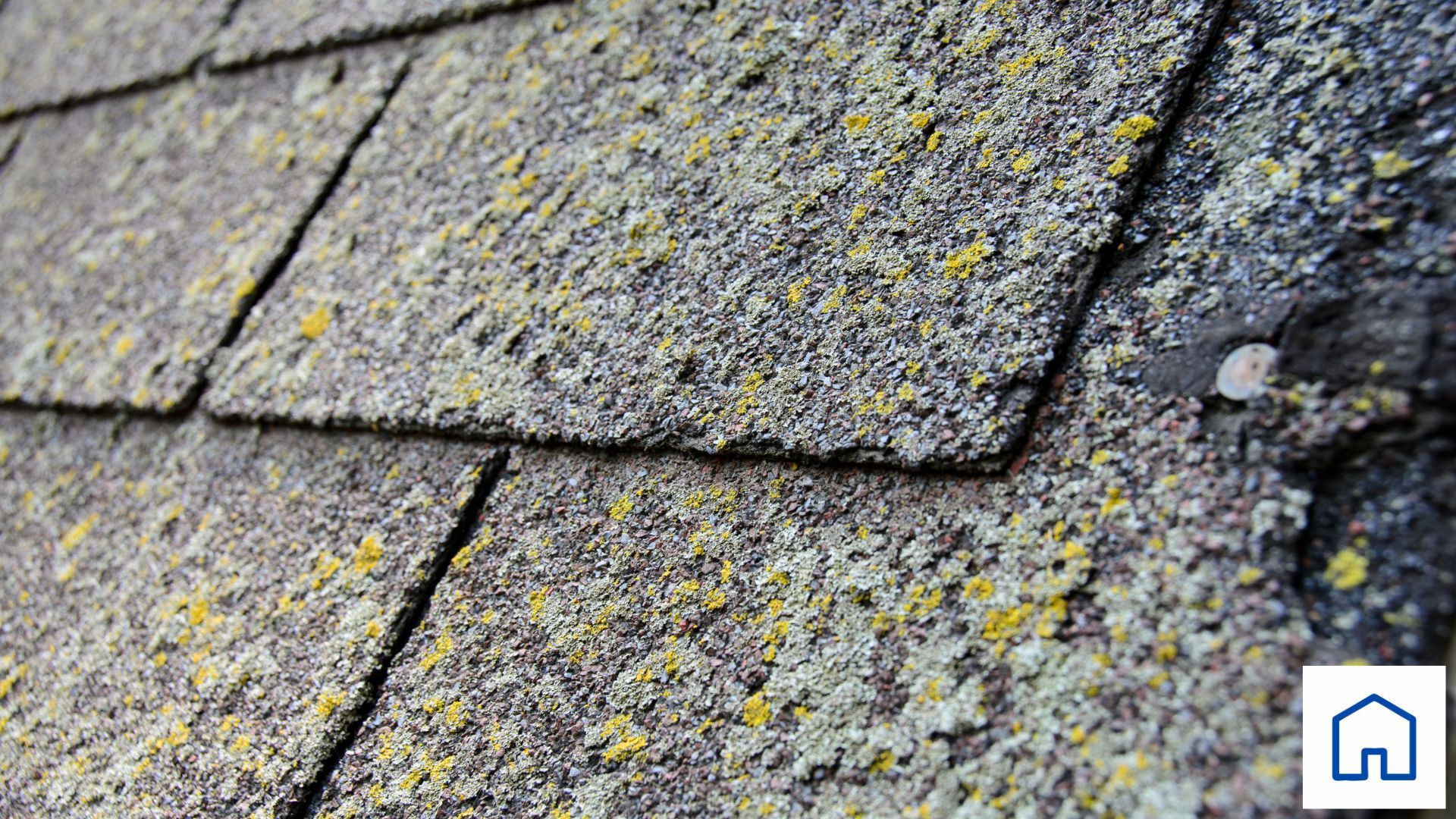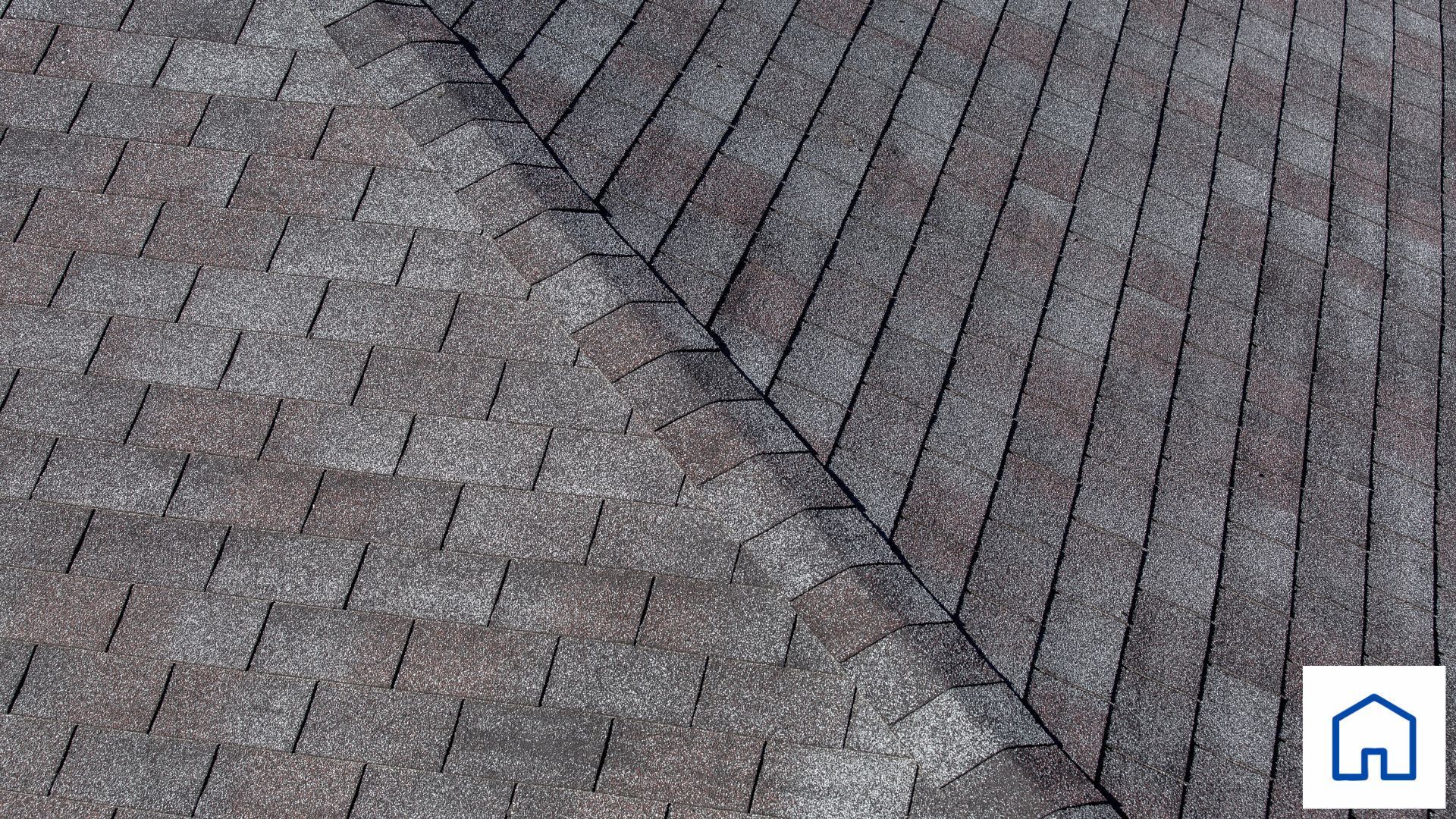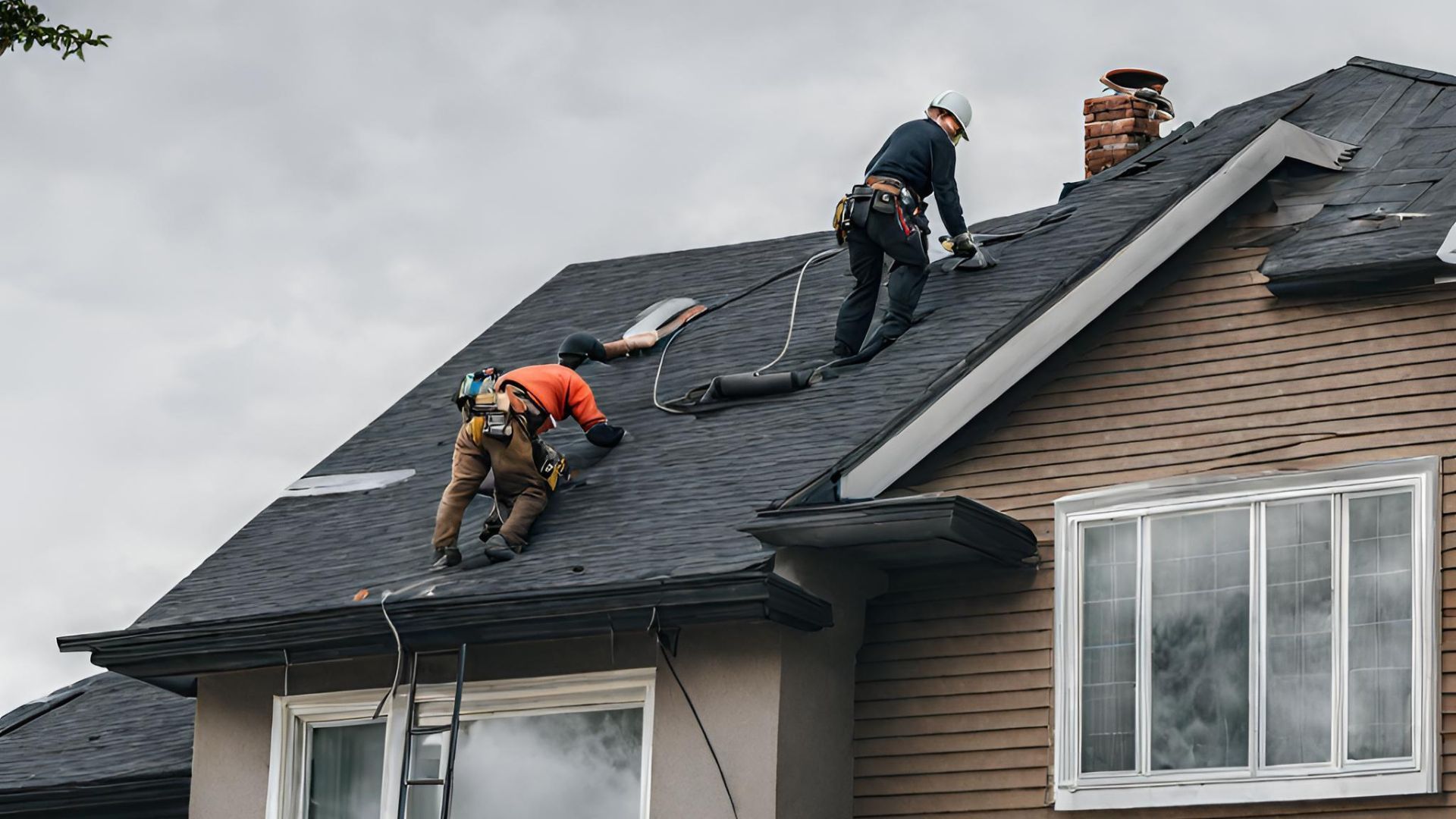Tips From The Pro's
Best Nest Roofing Tip's for Carrollton Ga

How to Assess and Repair Water Damage from Leaky Roofs A leaky roof can cause significant water damage to a home, leading to costly repairs and potentially severe structural issues if not addressed promptly. Understanding how to effectively assess and repair water damage caused by roof leaks is essential for maintaining the health and safety of your home. Here's a guide to help you navigate the steps from identifying the damage to making the necessary repairs. Step 1: Identify the Source of the Leak Before any repair work can begin, the first step is to identify where the water is entering your home. This can be more challenging than it sounds, as water can travel from the initial entry point along beams or other materials. Look for signs of water stains on the ceiling or walls, mold growth, or musty odors. It's often helpful to go into the attic with a flashlight during or immediately after rain to find where water is coming in. Step 2: Contain Immediate Water Damage Once you identify a leak, the next step is to minimize the water damage: Place buckets or other containers under active leaks to catch dripping water. If the ceiling is bulging from trapped water, carefully puncture it with a screwdriver to release the water and prevent the ceiling from collapsing. Move furniture, electronics, and other valuables out of the affected area to prevent further damage. Step 3: Dry Out the Affected Area Proper drying is critical to prevent mold and further damage: Use fans, dehumidifiers, and increased ventilation to help dry out wet areas. This is especially important in hidden spaces like attics, where moisture can linger. Remove and replace any wet insulation, as it can hold moisture for a long time and foster mold growth. If carpets or rugs are wet, consider professional cleaning or replacement, depending on the severity of the water damage. Step 4: Assess and Repair Structural Damage Water damage can weaken structural components of your home, such as joists and beams: Inspect structural wood for signs of rot or mold. Press a screwdriver into the wood to check for softness, which indicates rot. Replace any structurally compromised wood. This task may require a professional if significant structural damage is found. Ensure that all replaced materials are treated or sealed to resist future water damage. Step 5: Repair Interior Damage Water stains on walls and ceilings will need to be addressed to restore the aesthetic appeal of your home: Once thoroughly dried, clean stains with a solution of bleach and water to kill any remaining mold spores. Repair damaged drywall or plaster. Small areas can be patched, but large areas may need to be replaced. Repaint or wallpaper the affected areas to match the existing interior. Step 6: Repair or Replace the Roof The most critical step is repairing the roof to prevent future leaks: Replace damaged or missing shingles or tiles. Check and repair flashing around chimneys, vents, and where the roof meets walls. Consider hiring a professional roofing contractor to ensure the repairs are done correctly. A professional can also assess whether a more extensive repair or a full roof replacement is necessary. Step 7: Regularly Inspect and Maintain Your Roof Prevent future leaks by conducting regular inspections and maintenance of your roof: Clean gutters and downspouts regularly to ensure proper drainage. Trim trees near your roof to prevent branches from damaging shingles. Inspect your roof for damage after severe weather events. Conclusion Addressing water damage from a leaky roof involves more than just fixing the roof itself. It requires a comprehensive approach to assess and repair damage throughout the affected areas of your home. By taking these steps, you can prevent further damage, protect your home’s structural integrity, and maintain a healthy living environment. If you feel overwhelmed by the process, don't hesitate to call the professionals at Best Nest Roofing & Renovations in Carrollton, GA. We will ensure that your home is repaired safely and effectively.

As spring approaches, bringing with it the promise of warmer days, it also heralds a season of potentially strong storms. These seasonal tempests can test the limits of your home's defenses, with your roof serving as the frontline warrior. It's crucial, then, to ensure your roof is in tip-top condition to withstand whatever the spring weather throws its way. Here are five signs that your roof might not be ready for the upcoming spring storms and the steps you can take to address these vulnerabilities.

As spring approaches, bringing with it the promise of warmer days, it also heralds a season of potentially strong storms. These seasonal tempests can test the limits of your home's defenses, with your roof serving as the frontline warrior. It's crucial, then, to ensure your roof is in tip-top condition to withstand whatever the spring weather throws its way. Here are five signs that your roof might not be ready for the upcoming spring storms and the steps you can take to address these vulnerabilities.








